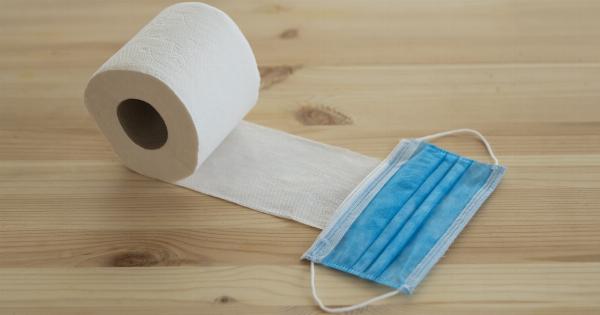Fever is a common symptom in children, and it can be worrisome for parents. While fever itself is not usually harmful, it is important to manage it properly to ensure the well-being of your child.
In this article, we will explore some quick methods to treat fever in young children.
1. Monitor Body Temperature
The first step in treating fever is to monitor your child’s body temperature. This can be done using a digital thermometer, which can be placed under the tongue, in the ear, or on the forehead.
Make sure to follow the instructions provided with the thermometer for accurate readings.
2. Provide Plenty of Fluids
Fevers can cause dehydration, so it is essential to make sure your child stays well-hydrated. Offer them plenty of fluids such as water, diluted fruit juices, or oral rehydration solutions.
Avoid giving carbonated and caffeinated beverages, as they can further contribute to dehydration.
3. Dress Comfortably
Dress your child in light, loose-fitting clothing to help regulate their body temperature. Avoid overly warm or heavy clothing, as it can trap heat and hinder the body’s natural cooling processes. Opt for breathable fabrics like cotton.
4. Keep the Room Cool
Maintaining a cool and comfortable environment can help reduce your child’s fever. Lower the room temperature by using a fan or air conditioning.
Ensure good air circulation, but avoid placing the fan directly on your child, as it can make them too cold.
5. Use over-the-counter Medications
If your child’s fever is causing discomfort, you may consider giving them age-appropriate over-the-counter fever reducers, such as acetaminophen or ibuprofen.
Always follow the recommended dosage instructions and consult with your child’s healthcare provider if you have any concerns.
6. Apply Cooling Measures
To help bring down your child’s temperature, you can try applying cooling measures. Use a clean cloth soaked in lukewarm water to gently wipe their forehead, neck, and armpits.
Avoid using cold water or alcohol rubs, as they can cause discomfort and shivering.
7. Offer a Balanced Diet
Even during a fever, it is important to provide your child with a balanced diet to support their immune system. Offer them small, frequent meals that include nutrient-rich foods, such as fruits, vegetables, lean proteins, and whole grains.
8. Encourage Rest and Sleep
Rest is crucial for your child’s recovery. Encourage them to take regular nap times and get sufficient sleep at night. Create a calm and soothing sleep environment to help them relax and improve their overall well-being.
9. Use a Cool Mist Humidifier
If the air in the room is particularly dry, using a cool mist humidifier can help ease your child’s discomfort and soothe their respiratory passages. Make sure to clean the humidifier regularly to prevent the growth of bacteria and mold.
10. Seek Medical Advice if Necessary
If your child’s fever persists for more than three days, is accompanied by other concerning symptoms, or if you are unsure about the best course of treatment, it is essential to seek medical advice.
Your child’s healthcare provider will be able to assess their condition and provide appropriate guidance.































